Learn how to choose the best fabric scissors for your needs. This article covers everything from blade types to ergonomic design, ensuring you make the right choice.
Choosing fabric scissors might seem simple, but the variety of options can quickly become overwhelming.
From blade materials to handle designs, each factor plays a crucial role in determining the functionality and comfort of your scissors.
I’ll delve into the essential aspects you need to consider when selecting the perfect pair of fabric scissors to suit your needs.
1. Different Blade Types
Choosing between serrated and smooth blades can greatly impact your cutting experience. Smooth blades are ideal for clean cuts on delicate fabrics, while serrated blades provide extra grip for tougher materials like leather or denim.
Serrated vs. Smooth Blades
Smooth blades: Provide clean, precise cuts on most fabrics without fraying.
Serrated blades: Offer enhanced grip, making them suitable for thick or slippery materials.
Micro-Serrated Blades
Micro-serrated blades combine the benefits of both smooth and serrated edges, offering versatility for various fabric types.
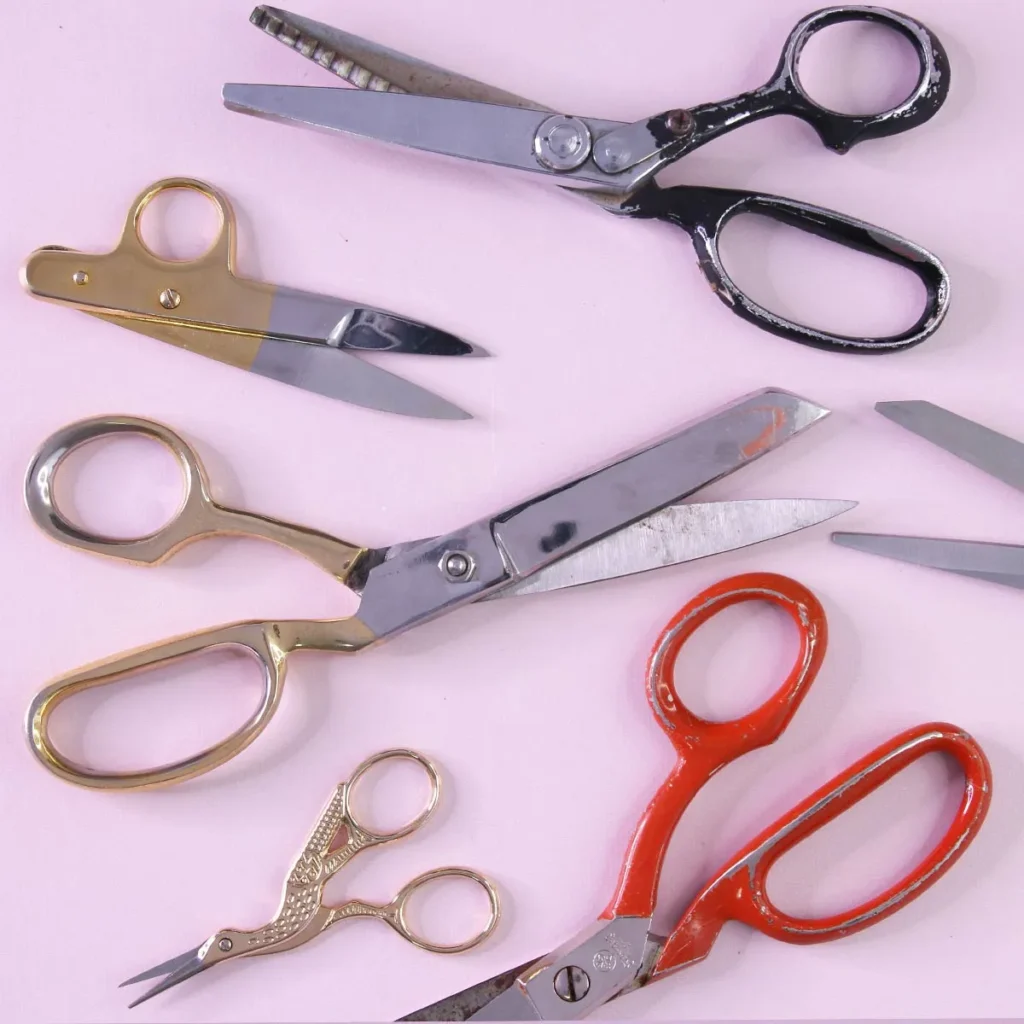
2. Considering Blade Length
The length of the scissor blades affects both the precision of your cuts and the ease of handling. The benefits of short versus long blades will help you choose the right pair for your projects.
Short vs. Long Blades
Short blades: Ideal for intricate cuts and detail work.
Long blades: Provide more leverage and stability for longer, straight cuts.
Precision Cutting
Short, pointed blades offer unparalleled precision, making them essential for intricate projects like quilting or appliqué.
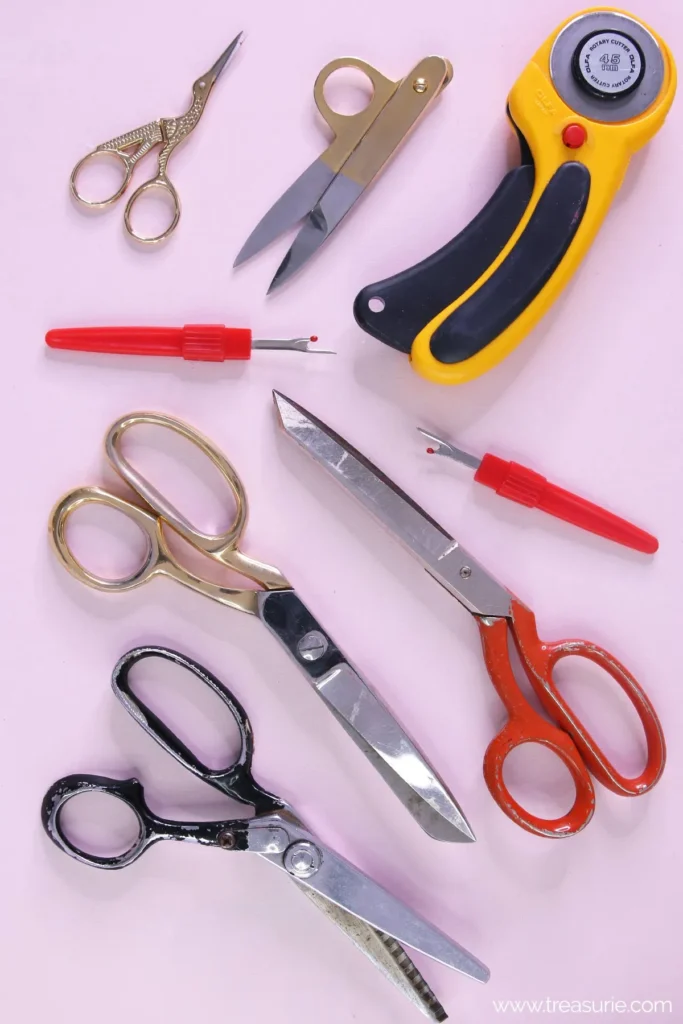
3. Assessing Blade Material
The material of the blades determines their durability, sharpness, and resistance to corrosion. Knowing the differences between stainless steel, titanium, and high-carbon steel will help you make an informed decision.
Stainless Steel vs. Titanium
Stainless steel: Durable, rust-resistant, and affordable.
Titanium: Lightweight, corrosion-resistant, and maintains sharpness longer than stainless steel.
High Carbon Steel
High carbon steel blades offer superior sharpness and edge retention, perfect for professional use or frequent sewing projects.
4. Exploring Scissor Handles
The design and material of the scissor handles significantly impact comfort and ease of use. Whether you prefer plastic or metal handles, comfortable grip, or ambidextrous design, choosing the right handle is essential for fatigue-free cutting.
Plastic vs. Metal Handles
Plastic handles: Lightweight and budget-friendly, but may lack durability.
Metal handles: Sturdy and long-lasting, providing excellent control and stability.
Comfort Grip Handles
Ergonomically designed handles with soft grips reduce hand fatigue and improve cutting precision, especially during extended use.
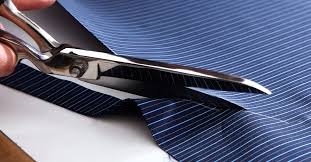
5. Handle Orientation
The orientation of scissor handles determines their suitability for right-handed, left-handed, or ambidextrous users. Choosing the correct handle orientation ensures comfortable and efficient cutting for all individuals.
Ambidextrous vs. Right-handed
Ambidextrous scissors: Suitable for both right-handed and left-handed users.
Right-handed scissors: Designed specifically for right-handed individuals, offering ergonomic benefits for prolonged use.
Left-handed Scissors
Left-handed scissors feature reversed blade and handle orientations, providing optimal cutting performance for left-handed users.
6. Evaluating Ergonomic Design
To blade and handle considerations, ergonomic features play a crucial role in ensuring comfort and usability during prolonged cutting sessions.
Handle Size and Shape
Choose scissors with handles that fit comfortably in your hand, allowing for a natural grip without strain or discomfort.
Finger Rests and Comfort
Scissors with built-in finger rests or cushioned handles reduce hand fatigue and minimize the risk of repetitive strain injuries.
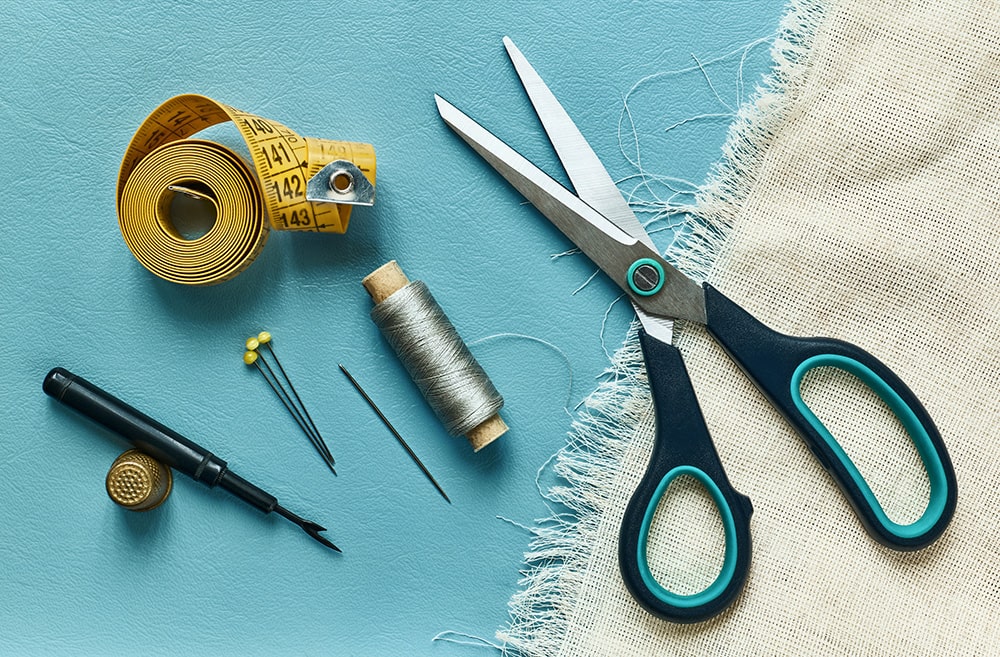
7. Exploring Additional Features
Modern fabric scissors often come with innovative features to enhance usability and convenience. Consider these additional features when making your purchasing decision.
Adjustable Tension
Scissors with adjustable tension allow you to customize the cutting resistance to suit your preferences and the thickness of the fabric.
Built-in Sharpeners
Some scissors feature built-in sharpeners, ensuring that your blades remain sharp and precise over time without the need for external sharpening tools.
8. Setting a Budget
Fabric scissors are available at various price points, ranging from budget-friendly options to high-end professional shears. Consider your budget and intended use when selecting the perfect pair.
Value vs. Investment
While budget-friendly scissors may suffice for occasional use, investing in high-quality shears can improve cutting performance and durability, ultimately saving you time and money in the long run.
9. Seeking Recommendations
When in doubt, seek recommendations from fellow sewing enthusiasts or professionals in the industry. Their firsthand experiences can provide valuable insights into the best fabric scissors for your specific needs and preferences.
10. Testing Before Purchase
Whenever possible, test the scissors in person before making a purchase. Pay attention to factors such as comfort, blade sharpness, and cutting precision to ensure that you select the perfect pair for your sewing projects.
11. Caring for Your Fabric Scissors
Proper maintenance and care are essential for prolonging the lifespan of your fabric scissors and maintaining optimal cutting performance.
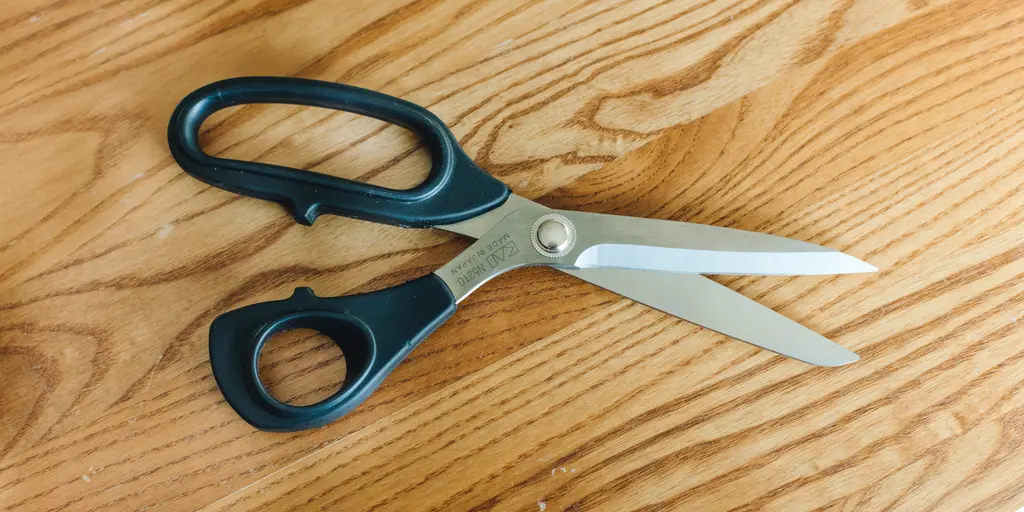
Proper Storage and Maintenance
Store your scissors in a dry, clean environment to prevent rust and corrosion. Regularly oil the pivot point and wipe the blades clean after each use to remove any debris or residue.
12. Troubleshooting Common Issues
Even the best fabric scissors may encounter issues over time. Knowing how to troubleshoot common problems like dull blades or handle loosening can extend the lifespan of your scissors and ensure consistent cutting performance.
Dull Blades and Resharpening
If your blades become dull, consider professional sharpening services or invest in a quality sharpening tool to restore their sharpness.
Handle Loosending
Tighten any loose screws or bolts on the scissor handles to maintain stability and cutting precision. Avoid over-tightening, as this may cause damage to the scissors.
13. Conclusion
Choosing the perfect fabric scissors is essential for achieving professional-quality results in your sewing projects. For factors such as blade type, length, material, and handle design, you can select the ideal pair to suit your needs and preferences.
To prioritize comfort, usability, and durability when making your purchasing decision, and don’t hesitate to seek recommendations from trusted sources. With the right fabric scissors in hand, you’ll enjoy precise cuts and effortless sewing for years to come.
FAQs
Are titanium blades worth the extra cost?
Titanium blades offer superior durability and edge retention, making them a worthwhile investment for frequent sewers or professionals.
Can I use fabric scissors for other materials like paper or cardboard?
It’s best to reserve your fabric scissors for fabric only to prevent dulling the blades prematurely. Invest in separate scissors for other materials to maintain optimal cutting performance.
How often should I sharpen my fabric scissors?
The frequency of sharpening depends on how frequently you use your scissors and the types of fabrics you cut. As a general rule, consider sharpening your scissors every six months to maintain their sharpness.
Can left-handed scissors be used by right-handed individuals?
While left-handed scissors are designed specifically for left-handed users, right-handed individuals can technically use them. However, the ergonomic benefits may not be optimal for right-handed users.
What should I do if my scissors become rusty?
If your scissors develop rust, gently clean the affected areas with a rust remover or fine steel wool. Be sure to thoroughly dry the scissors afterward and apply a light coat of oil to prevent future corrosion.
Are there any safety precautions I should take when using fabric scissors?
Always handle fabric scissors with care and avoid cutting hard materials like metal or plastic, as this can damage the blades. Keep your scissors out of reach of children and store them in a safe place when not in use.
